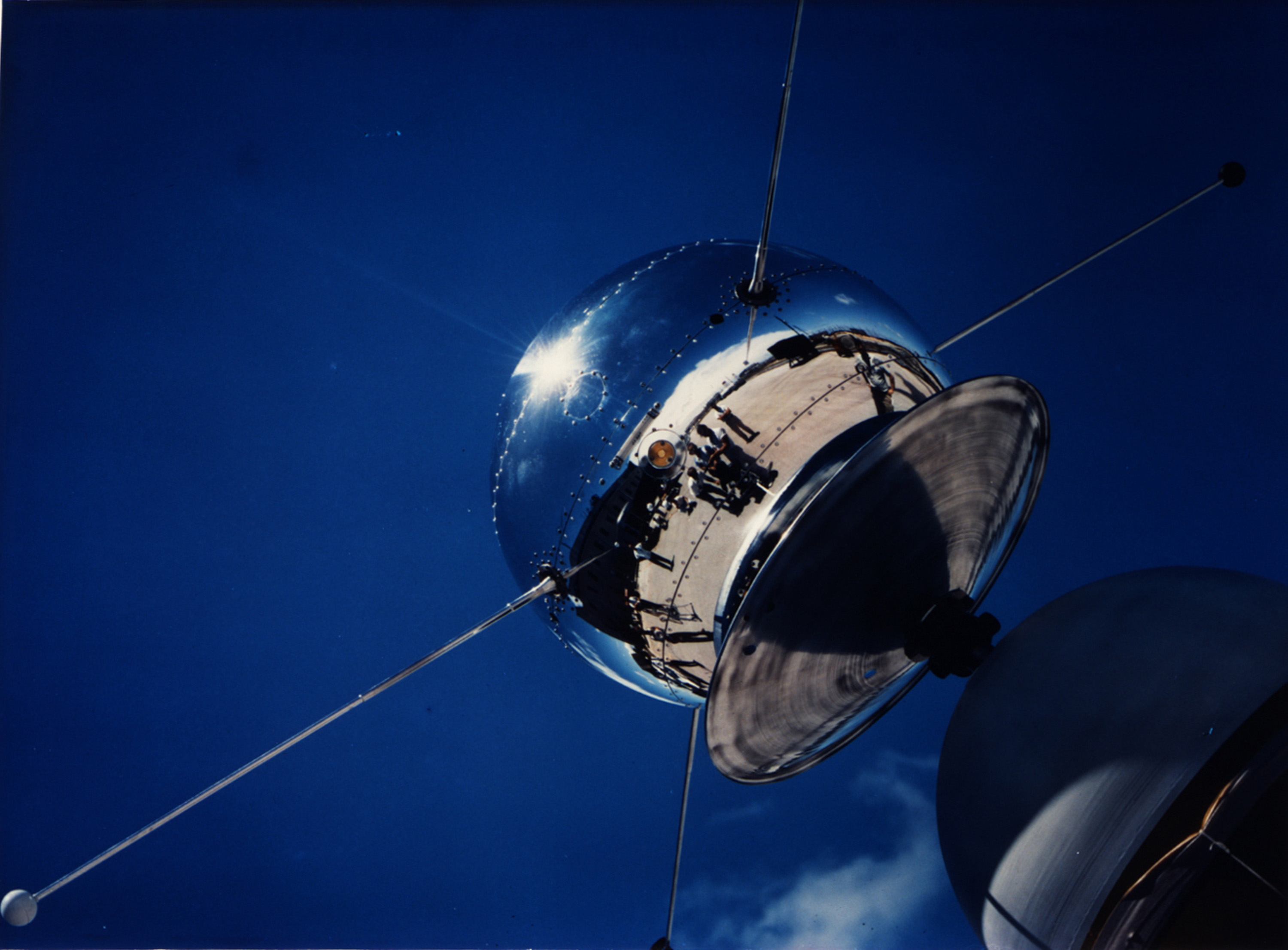Vanguard 1, First Solar-Powered Satellite, Still Flying at 50
Vanguard 1 celebrated its 50th birthday this year as both the first solar-powered satellite and the oldest artificial satellite still orbiting Earth.
The satellite has traveled 196,990 revolutions of the Earth or 5.7 billion nautical miles in the past 50 years, equivalent to the distance from the Earth to beyond the planet Pluto and halfway back.
The United States launched Vanguard 1 on March 17, 1958, from Cape Canaveral, Florida, as part of the opening salvoes in the Space Race. The Soviets had earlier launched Sputniks 1 and 2, while the U.S. had managed to get Explorer 1 into orbit.
The U.S. Army, U.S. Air Force and U.S. Navy collaborated to track, build and launch Vanguard. Official responsibility for the satellite fell to the Naval Research Laboratory (NRL), which based the design on German V-2 and Viking rockets used to probe Earth's upper atmosphere.
Vanguard's solar technology paved the way for other U.S. satellites that have launched since — the early satellite's solar cells operated for about seven years, while conventional batteries powering another onboard transmitter lasted just 20 days.
The satellite fell silent in 1964 after its last solar cells died, but continues to allow scientists to discover the effects of the sun, moon and atmosphere on satellite orbits. NRL researchers used many of the lessons learned from the original Vanguard tracking system to build a Space Surveillance System that can detect unannounced, radio-silent satellites passing over the U.S.
Scientists originally estimated that Vanguard would have a life expectancy of about 200 years. Now the estimate stands at 2,000 years, meaning that Vanguard should see many more anniversaries to come.
Breaking space news, the latest updates on rocket launches, skywatching events and more!
Follow us @Spacedotcom, Facebook and Google+.
Jeremy Hsu is science writer based in New York City whose work has appeared in Scientific American, Discovery Magazine, Backchannel, Wired.com and IEEE Spectrum, among others. He joined the Space.com and Live Science teams in 2010 as a Senior Writer and is currently the Editor-in-Chief of Indicate Media. Jeremy studied history and sociology of science at the University of Pennsylvania, and earned a master's degree in journalism from the NYU Science, Health and Environmental Reporting Program. You can find Jeremy's latest project on Twitter.

